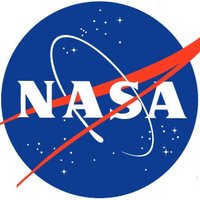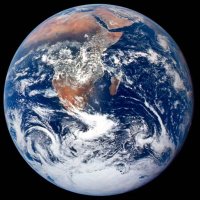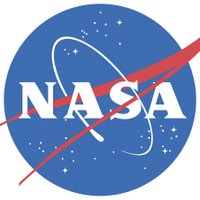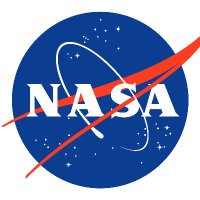
NASAOcean
@nasaocean
We are a group of innovators working on sustainable solutions to support our planet’s largest ecosystem: the ocean.
Verification: nasa.gov/socialmedia
ID: 3621791535
https://go.nasa.gov/2Wr2FGx 11-09-2015 15:55:50
2,2K Tweet
9,9K Followers
102 Following





It's almost Earth Day. Let’s celebrate our home planet from a unique viewpoint – space! Use our “Your Name in ARCHIVED - NASA Landsat” app to spell out your name (or a pet, family member, or significant other’s name) with Earth features seen by satellite: go.nasa.gov/4jETaMq










It's time to say goodbye. Thanks for commenting, liking and sharing. At the end of the month, this page will deactivate and move over to the NASA Earth page.






